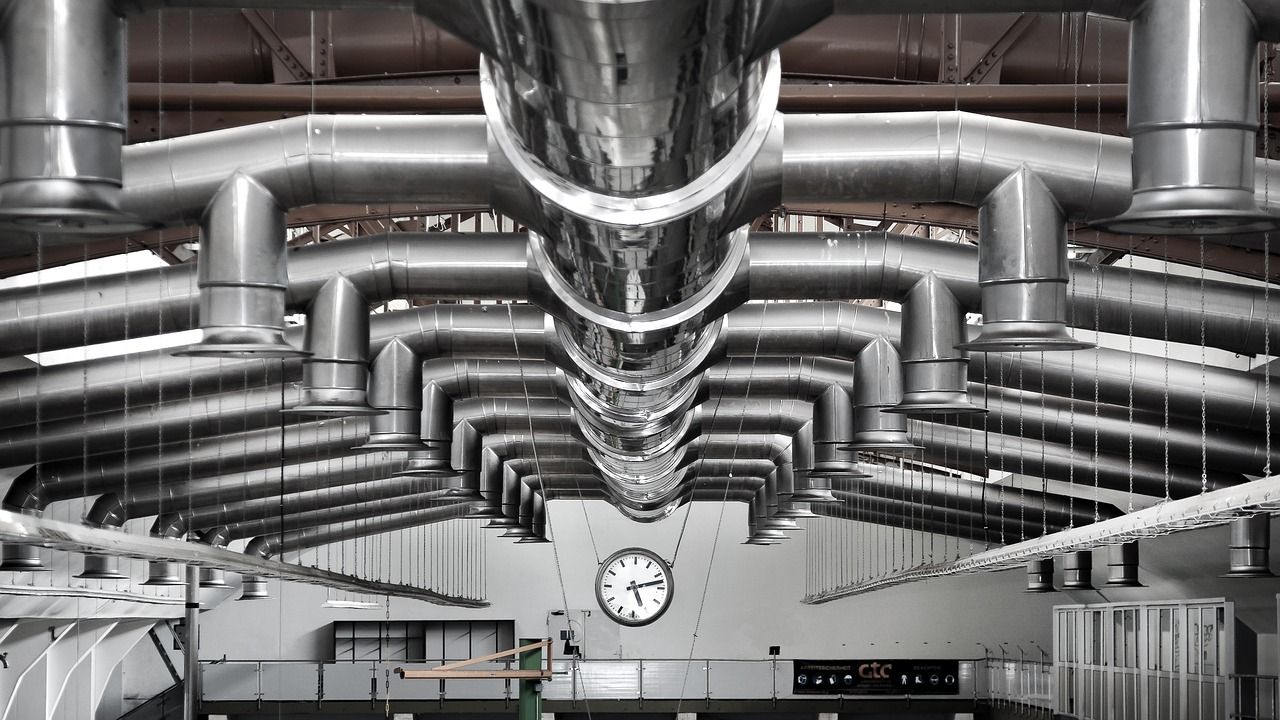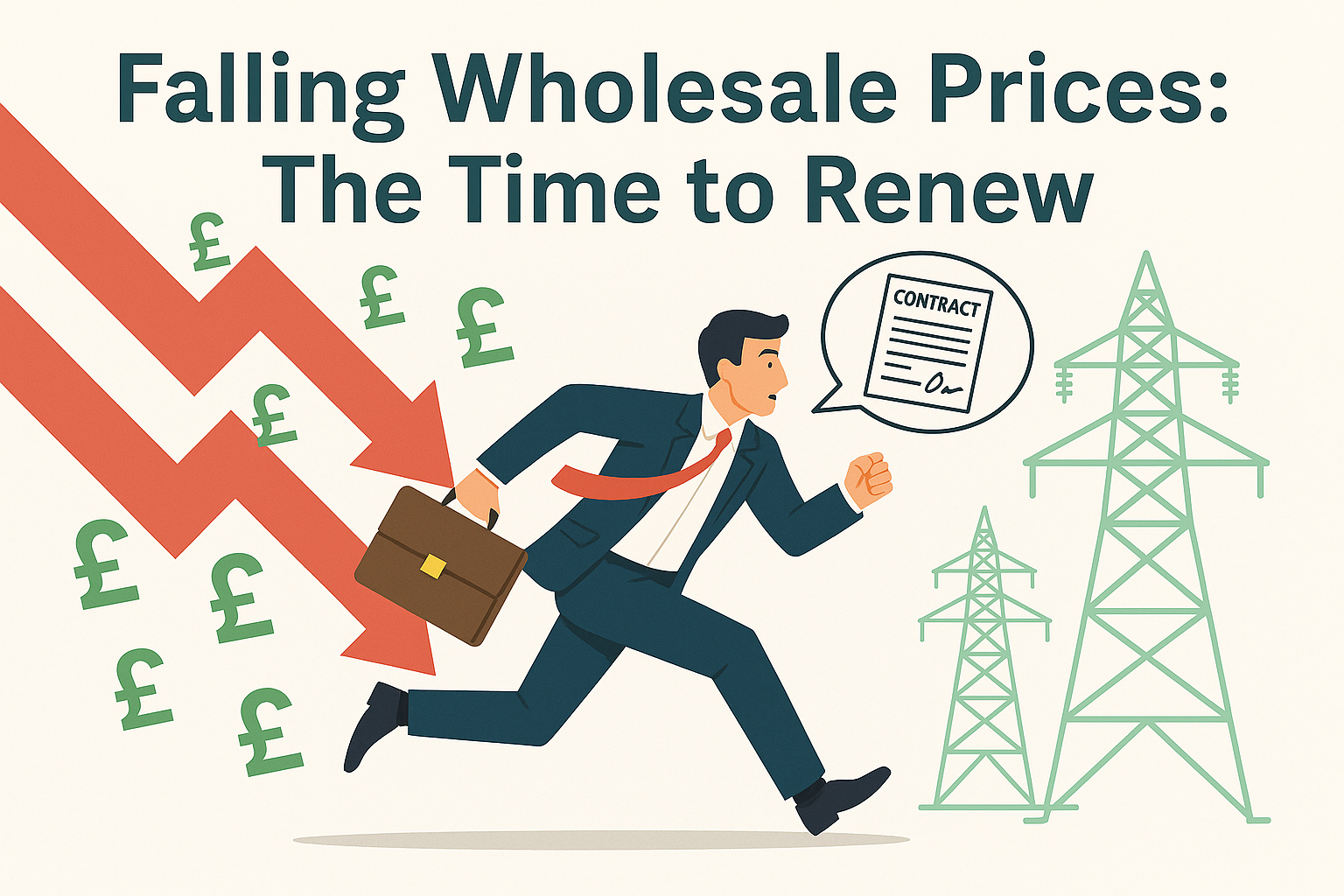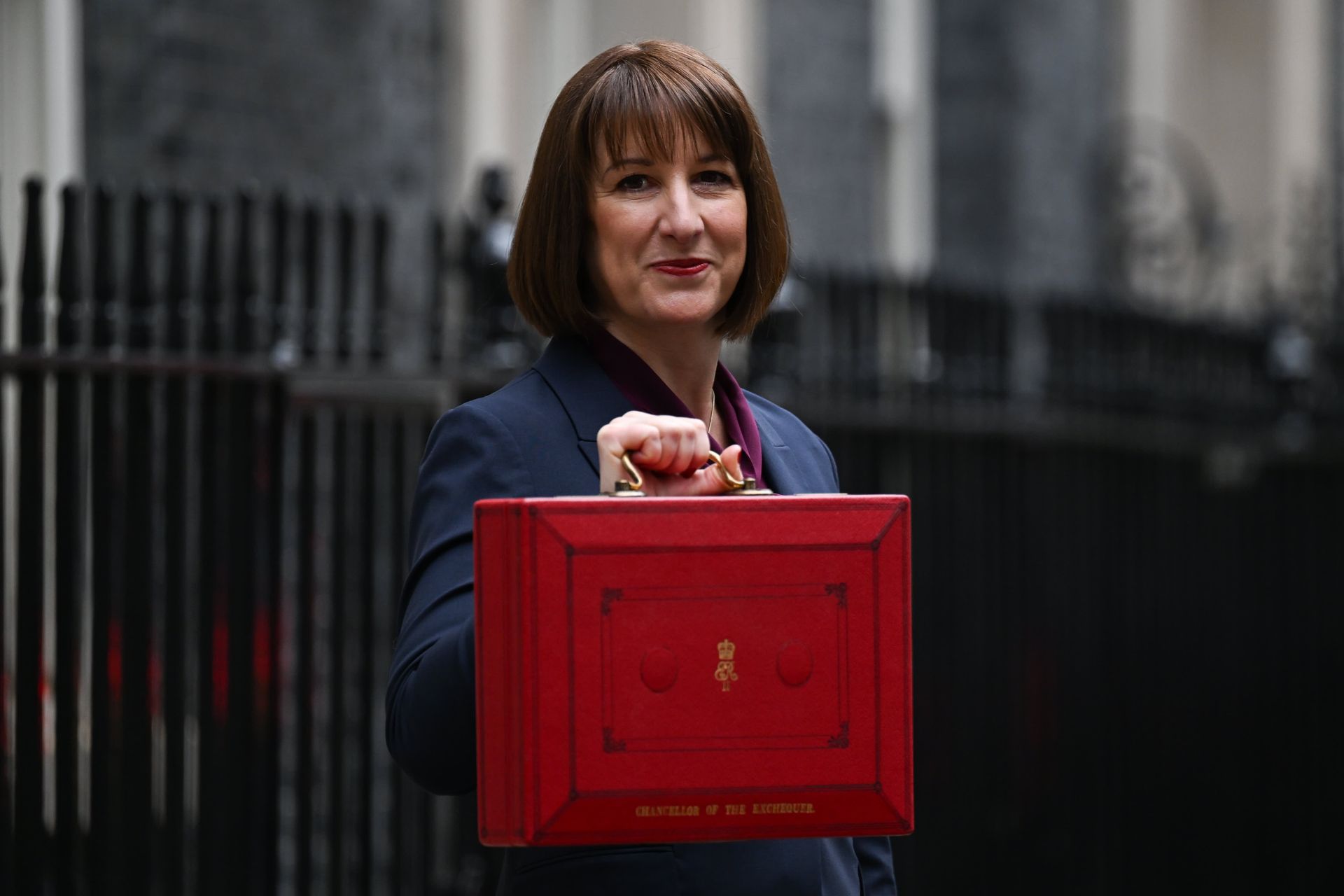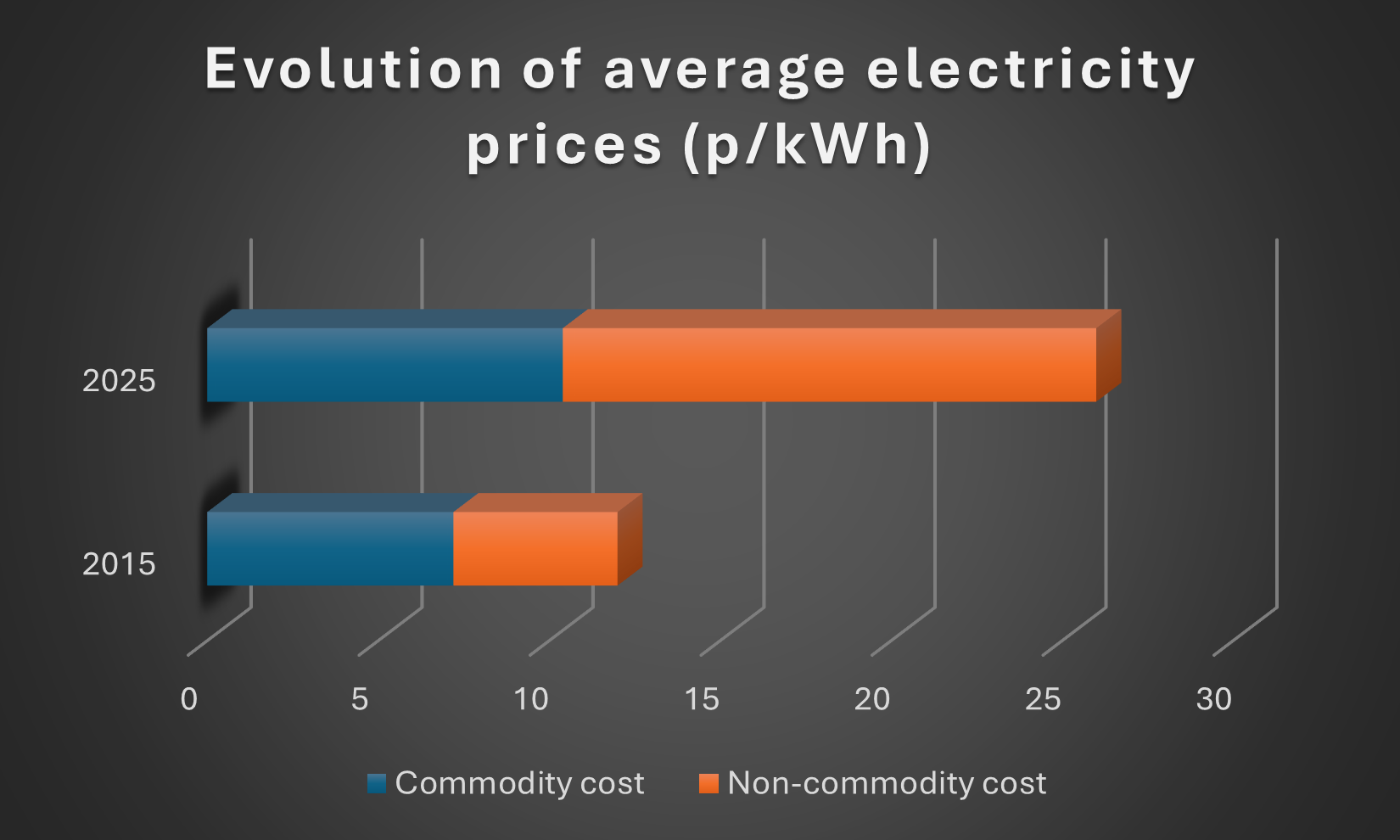The UK's Modern Industrial Strategy
The UK's Modern Industrial Strategy 2025
Electricity Discounts for Over 7,000 Businesses
Thousands of UK businesses are set to benefit from a new government plan to cut energy costs, boost competitiveness, and support long-term industrial growth. As part of the newly launched Industrial Strategy, electricity bills for over 7,000 energy-intensive firms will be cut by up to 25% from 2027.
What Is the UK's Modern Industrial Strategy?
Unveiled on 23 June 2025, the government’s 10-year Industrial Strategy is designed to stimulate business investment, create over one million skilled jobs, and address key structural barriers that have hindered British industry — particularly high electricity prices and delays in grid connections.
Central to this plan are two new policies focused on reducing energy costs for businesses:
- The British Industrial Competitiveness Scheme (BICS)
- An expanded British Industry Supercharger programme

Who Is Eligible?
The strategy primarily targets energy-intensive manufacturers, such as those in the automotive, aerospace, steel, chemicals, ceramics, and glass sectors.
- British Industrial Competitiveness Scheme (BICS):
Expected to benefit over 7,000 businesses, this scheme will reduce electricity costs by up to £40 per megawatt hour. Eligible firms will be exempt from green levies, including the Renewables Obligation, Feed-in Tariffs, and the Capacity Market. - British Industry Supercharger Expansion:
Currently, around 500 of the most energy-intensive firms receive a 60% discount on electricity network charges. Under the new plan, this will increase to 90% from 2026, significantly lowering costs for businesses in sectors like steel and glass.
Eligibility criteria for both schemes will be finalised following a formal government consultation process. However, early guidance suggests that businesses with a high ratio of electricity use relative to their output will be prioritised.

How Can Businesses Access the Discounts?
We are still awaiting the full details, including application processes, which will be published once consultations are complete. For now, we would recommend that businesses:
- Monitor government updates from the Department for Energy Security and Net Zero (DESNZ).
- Register interest in the consultation process, expected later this year, to ensure your business has a say in the final design.
- Assess your electricity intensity and ensure you're collecting relevant consumption and production data — which may be key to eligibility.
- Engage your energy broker or consultant, who can guide you through the requirements as more information becomes available.
What Does This Mean for UK Businesses?
This move directly tackles a long-standing issue: UK industrial electricity prices are among the highest in the developed world, placing domestic firms at a global disadvantage. These new schemes aim to level the playing field, reduce costs, and encourage investment in British manufacturing.

For manufacturers, energy managers, and financial directors, the upcoming changes present a key opportunity to improve margins, secure long-term pricing certainty, and plan growth with more confidence.
For businesses in manufacturing or other high-usage sectors, now is the time to begin exploring how these reforms could affect your energy cost outlook. If you have a contract renewal approaching in the next 12–24 months, or you would like more advice on The Modern Industrial Strategy – or other government schemes – contact us today for free professional advice from industry-leading experts.
Contact Us










